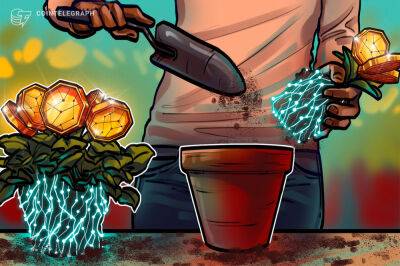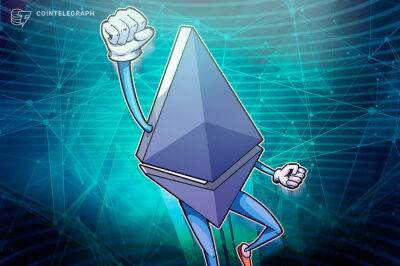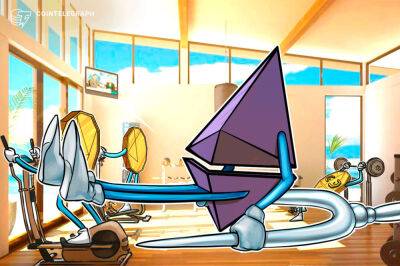Traders flinch after Ethereum price rejects at $2,000
Ether (ETH) rejected the $2,000 resistance on Aug. 14, but the solid 82.8% gain since the rising wedge formation started on July 13 certainly seems like a victory for bulls. Undoubtedly, the "ultrasound money" dream gets closer as the network expects the Merge transaction to a proof-of-stake (PoS) consensus network on Sept. 16.
Some critics point out that the transition out of proof-of-work (PoW) mining has been delayed for years and that the Merge itself does not address the scalability issue. The network’s migration to parallel processing (sharding) is expected to happen later in 2023 or early 2024.
As for the Ether bulls, the EIP-1559 burn mechanism introduced in August 2021 was essential to drive ETH to scarcity, as crypto analyst and influencer Kris Kay illustrates:
~ 11% of all $ETH supply now staked.~ 2% of all $ETH supply now burned~ 100% of $ETH is ultra-sound money+= few
The highly anticipated move to the Ethereum beacon chain enjoyed a lot of criticism, despite eliminating the need to support the expensive energy-intensive mining activities. Below, “DrBitcoinMD” highlights the impossibility for ETH stakers to withdraw their coins, creating an unsustainable temporary offer-side reduction.
Anyone still putting their faith behind the gangly Russian pseudointellectual and the Ethereum ponzi deserves what's coming to them. pic.twitter.com/gjxHXdzuSK
Undoubtedly, the decreased amount of coins available for sale caused a supply shock, especially after the 82.8% rally as Ether has recently undergone. Still, these investors knew the risks of ETH 2.0 staking and no promises were made for instant transfers post-Merge.
Investors should look at Ether's derivatives markets data to understand how whales and arbitrage desks are
Read more on cointelegraph.com







![Litecoin [LTC]: What does this metric tell us about miners’ incentive to sell - ambcrypto.com](https://finance-news.co/storage/thumbs_400/img/2022/9/12/40471_wrgq.jpg)












